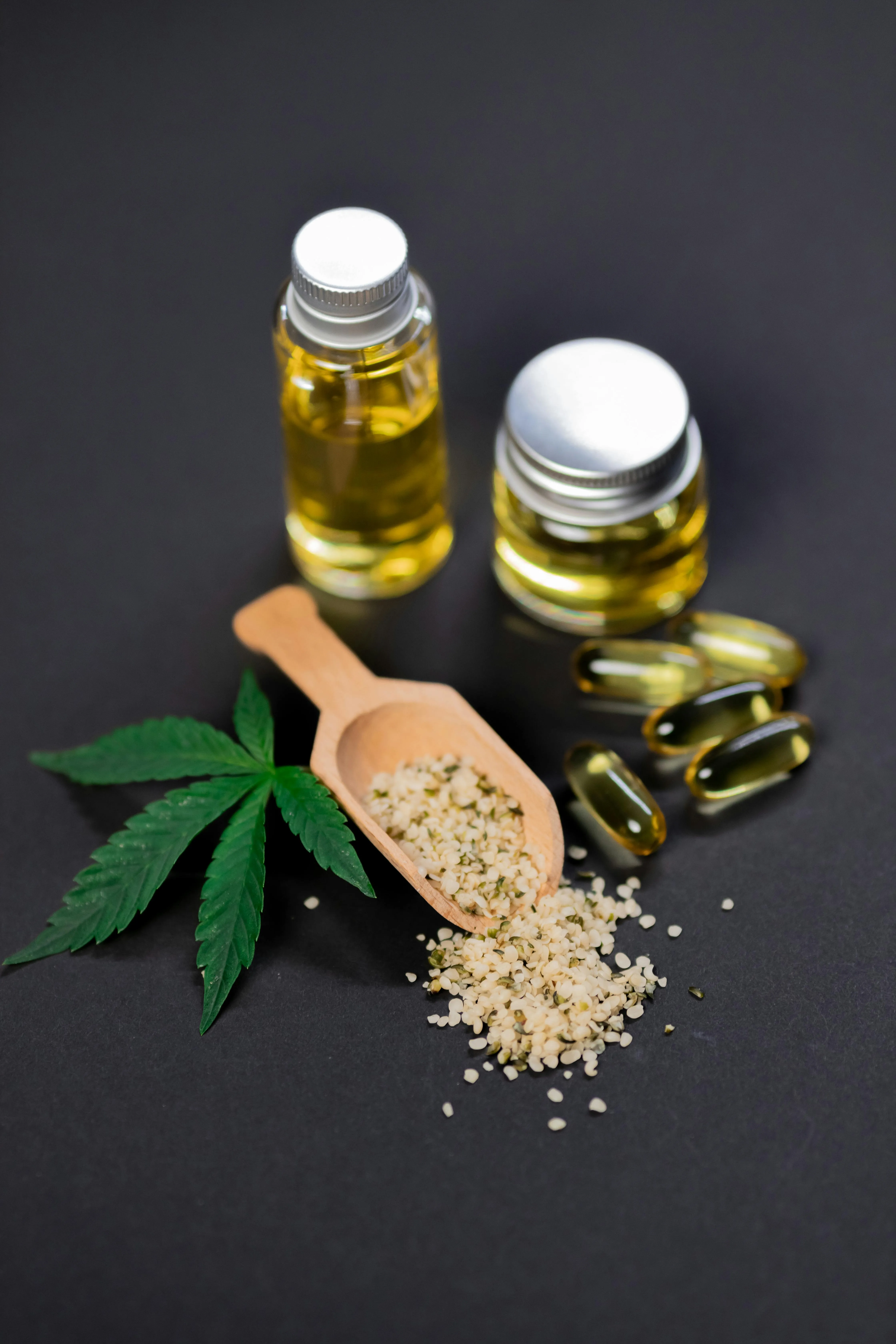Puff, Pass, and Budget: How Much Does Weed Really Cost?
Welcome, fellow cannabis enthusiasts! If you’ve ever found yourself pondering over the question, “How much does weed cost?” then you’re in the right place. This friendly guide will take you on a journey through the various factors influencing the price of your favorite green goodness.
First, let’s start with the basics: the two main categories of cannabis are flower (the buds of the marijuana plant) and concentrates (extracted forms of the plant). The cost between these can vary greatly due to production methods and potency.
Flower Prices:
The price of flower can range from as low as $10 for a gram in some states with lower taxes and production costs, up to $40 or more per gram in legal markets with higher taxes and production costs. On the other hand, an ounce (28 grams) might cost anywhere between $150 to $600, depending on quality and location.
Concentrates Prices:
Concentrates, such as shatter, wax, oil, or budder, are typically more expensive than flower due to the extra processing involved. A gram of concentrate can cost anywhere from $20 to $75 or more. The price difference comes down to quality and potency: higher-potency concentrates will generally cost more.
Now, let’s delve into the factors affecting these prices:
1. Location: Legal states often have higher prices due to taxes, while illegal markets can offer lower costs but carry risks such as poor quality or contaminated products.
2. Quality: Higher-quality cannabis (e.g., strains with unique terpene profiles) will generally cost more than generic strains. Similarly, organic and pesticide-free cannabis often commands a premium price.
3. Production Methods: Traditional growing methods tend to be cheaper due to lower labor costs, while indoor and hydroponic setups can result in higher-quality, consistent products—but at a higher cost.
4. Taxes and Regulations: Legal markets often have heavy taxes that can add up, making cannabis more expensive than in illegal markets. However, legal markets offer the added assurance of quality control, lab testing, and consumer protection.
5. Demand vs Supply: As with any commodity, higher demand will drive up prices while increased supply can lower costs. This dynamic between growers, distributors, and consumers is constantly changing and influences pricing in both legal and illegal markets.
Now that you’re armed with this knowledge, go forth and explore the cannabis market with a newfound understanding of the cost factors! Remember to prioritize quality, safety, and your budget when making purchases. Happy shopping, and as always, consume responsibly!